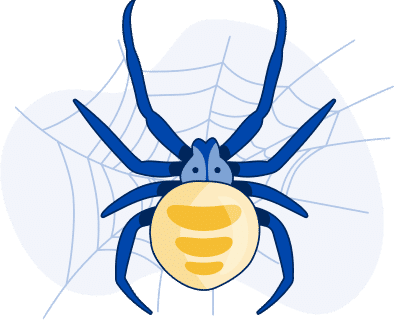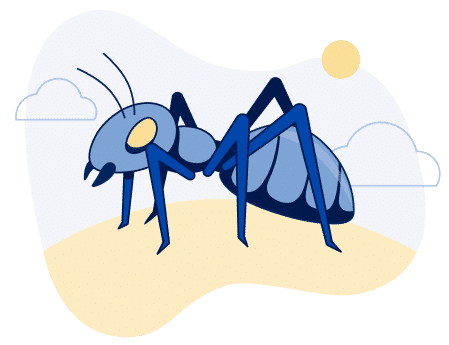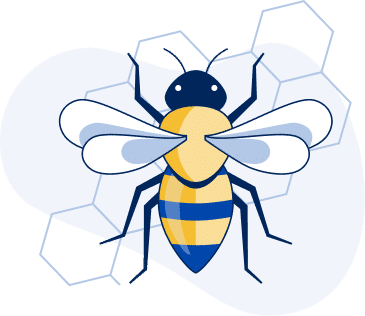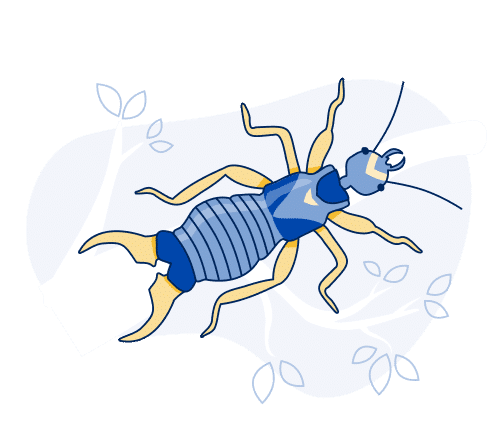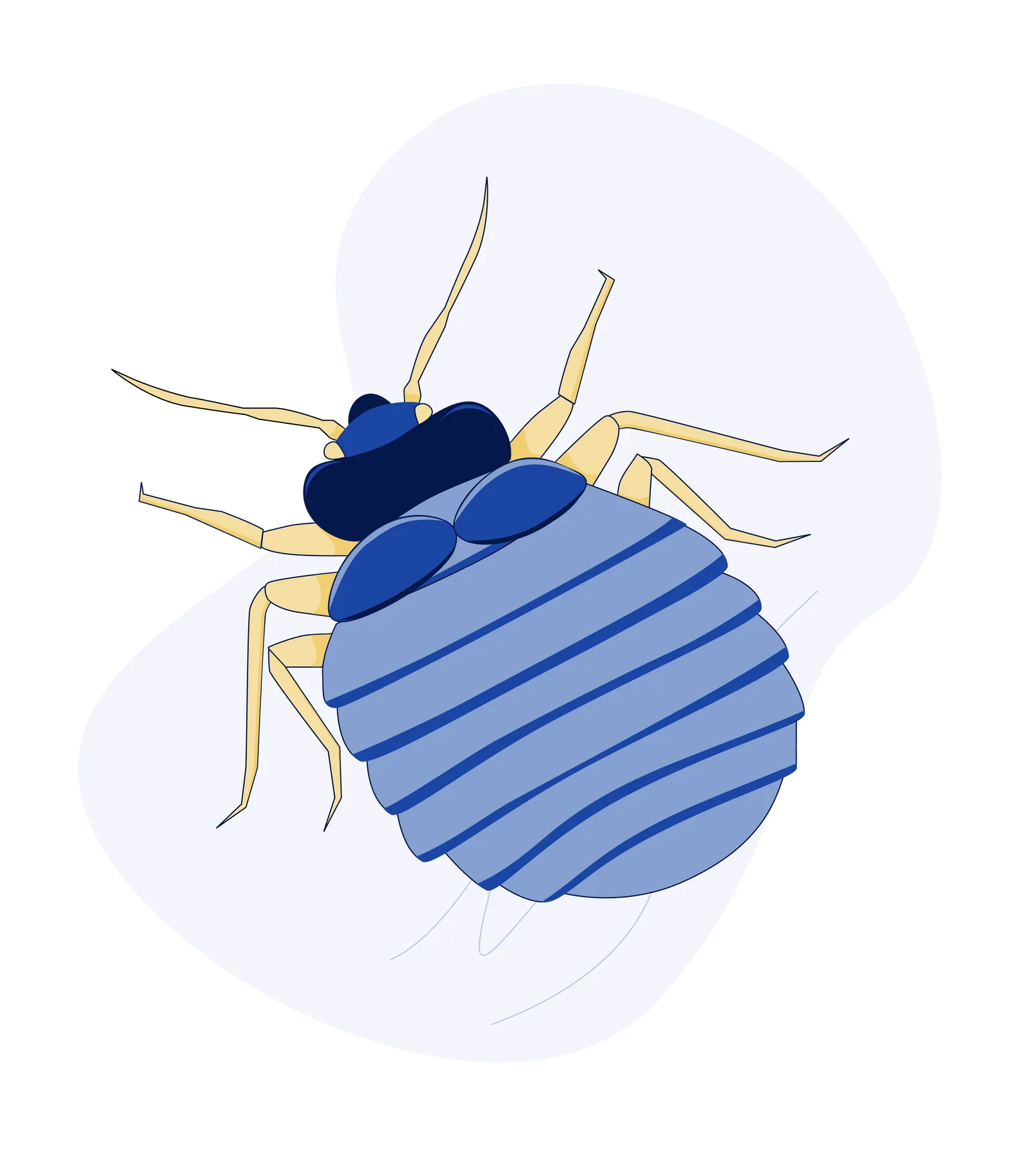How to Get Rid of Bees: A Step-By-Step Guide
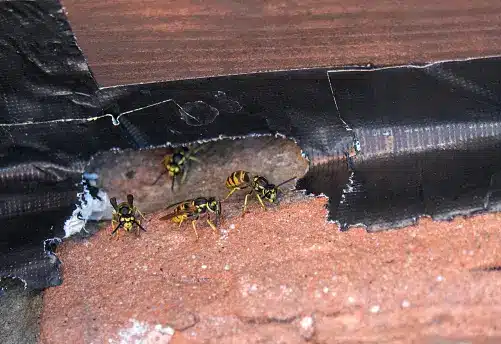
Wasps and bees are stinging insects that can cause significant problems when they build their nests near or inside our homes. While bees are beneficial pollinators crucial to our environment, they can become a serious nuisance and even a danger if someone in your household is allergic to their stings. It’s essential to take proactive measures to control and remove bees safely and effectively to avoid these risks.
In this guide, we will discuss in detail the different methods you can use to control and remove bees from your property. We’ll also provide insights into why bee control is important and offer tips on how to protect yourself and others during the bee removal process. Our goal is to equip you with the knowledge you need to get rid of bees safely and effectively.
Why Bee Control is Important
Bees are known to be beneficial to the environment because they are responsible for pollinating many of the foods we eat. However, they can also become a significant problem when they build their hives in or near our homes. The danger of bees comes from their stingers, which can cause painful reactions, especially in people who are allergic to them.
Additionally, bees can cause structural damage to homes and buildings when they build their hives in walls, roofs, and attics. The honey they produce can seep through the walls, ceilings, and floors, attracting other insects and rodents, which can lead to further damage to your property. For these reasons, bee control is critical to protecting your home and family.
A Step-by-Step Guide to Bee Control and Removal
Step 1: Identify the Type of Bee
The first step in controlling and removing bees is to identify the type of bee you’re dealing with. Different types of bees require different approaches to control and removal. Honeybees, for instance, are social insects that form large colonies with up to 60,000 bees. Bumblebees, on the other hand, form small colonies of up to 200 bees. Carpenter bees are solitary bees that drill holes in wood to create their nests.
Identifying the type of bee is crucial because it will determine the best course of action for removal. For instance, honeybees are generally protected, and their removal should be done by a licensed beekeeper. Bumblebees, on the other hand, can be relocated by a professional pest control company, and carpenter bees can be dealt with using a variety of methods.
Step 2: Locate the Bee Nest
Like wasp nests, bee nests can be found in a variety of locations, including trees, bushes, walls, roofs, and attics. However, they differ in construction and appearance. Wasps typically build papery nests, while bees create nests with honeycomb.
The next step in bee control is to locate the bee nest. Observing bees’ flight patterns can help identify the nest’s location. Look for signs of bee activity, such as bees flying in and out of a specific area or visible honeycomb structures.
It’s important to note that bees can become aggressive when they feel their nest is threatened. To ensure safety, maintain a safe distance and avoid disturbing them as much as possible. If the nest is in a hard-to-reach or potentially dangerous location, it’s advisable to seek professional help for removal.
Step 3: Evaluate the Bee Nest
Once you’ve located the bee nest, you’ll need to evaluate it to determine the size and complexity of the hive. This will help you decide on the best method for removal. If the hive is small and easily accessible, you may be able to remove it yourself. However, if the hive is large and difficult to access, you’ll likely need to call in a professional bee removal service.
Step 4: Choose the Right Bee Removal Method
There are several methods for removing bees, including using insecticides, trapping, and physical removal. The method you choose will depend on the type of bee, the size and location of the hive, and your personal preferences. It’s important to note that some methods, such as using insecticides, can be harmful to the environment and other beneficial insects, such as butterflies and bees.
Physical removal involves physically removing the hive and the bees from their location. This method can be time-consuming and potentially dangerous if you’re not experienced in handling bees. It’s also important to note that physical removal may not always be possible if the hive is located in a difficult-to-access area.
Trapping involves setting up traps that lure bees into them, allowing for their removal without harming them. This method is best used for smaller colonies, and the traps should be checked regularly to ensure that they’re working effectively.
Insecticides are often used to control bees, but they should be used as a last resort. Insecticides can be harmful to beneficial insects and the environment. If you do choose to use an insecticide, be sure to read and follow the label instructions carefully.
Step 5: Remove the Bee Nest
Once you’ve chosen the best method for nest removal, it’s time to remove the bee nest. If you’re using physical removal or trapping, you’ll need to remove the hive and the bees from the location. If you’re using an insecticide, follow the label instructions carefully and wait for the bees to die before removing the hive.
It’s essential to wear protective clothing and gear when removing the bee nest to protect yourself from bee stings. If you’re unsure about how to remove the hive safely, it’s best to call in a professional bee removal service.
Tips for Protecting Yourself During Bee Removal
Bee removal can be dangerous, and it’s essential to take steps to protect yourself and others during the process. Here are some tips to keep in mind:
-Wear protective clothing and gear, including a bee suit, gloves, and a hat with a veil.
-Work during cooler temperatures, such as early in the morning or late in the evening, when bees are less active.
-Avoid wearing perfume or scented lotions, which can attract bees.
-Use a bee smoker to calm the bees before removal.
-Have an emergency plan in place in case of bee stings.
Conclusion
In conclusion, bee control and removal are crucial to protecting your home and family from the dangers and damages that come with bee infestations. By following the step-by-step guide we’ve provided and taking the necessary precautions, you can safely and effectively control and remove bees from your property.
If you’re unsure about how to remove bees safely or have a large infestation, it’s best to call in a professional pest control service like SERVE Pest Control. Our trained and experienced professionals can safely and effectively remove bees from your property, ensuring that you and your family stay safe and protected. Contact us today to schedule a consultation and learn more about our pest control services.
At Serve Pest Control, we understand the importance of a pest-free environment in both residential and commercial settings. We offer comprehensive pest control services that include:
-Residential Pest Control: We provide effective and affordable pest control solutions for homeowners to protect their homes and families from a wide range of pests.
–Commercial Pest Control: Our commercial pest control services are designed to meet the unique needs of businesses, including restaurants, hotels, and healthcare facilities.
–Rodent Pest Control: Our rodent control services are designed to keep your property free from rodents and prevent future infestations.
Don’t let pests take over your home or business. Contact Serve Pest Control today and let us help you get rid of pests for good!

